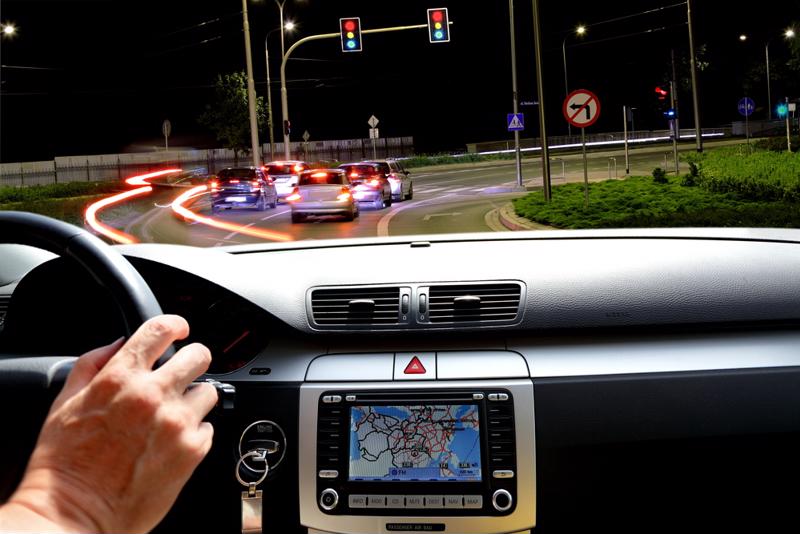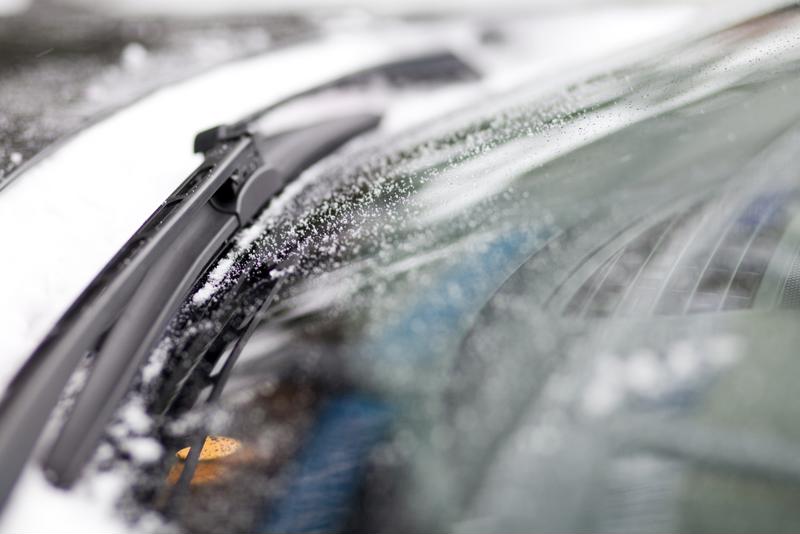When the time comes to buy a new car, you may fantasize about zipping around in a racy, fire-engine red Mercedes. But times are tough, wallets are thin and that Mercedes might just be better off in your dreams. Only for now, of course – you can revisit those dreams later. But just because you can't afford a flashy, late-model sports car doesn't mean you have to settle for a vehicle that you wouldn't be caught dead driving. There are lots of cars out there that will get you where you need to go and look good doing it too, without the hefty price tag.
Besides, fashions and trends come and go. Opinions are changing and what's old is new again. Have you noticed how many old movies and TV shows are being remade? Ghostbusters? Jurassic Park? Star Wars? We're in the Golden Age of revisiting the past with a fresh perspective. Just because a certain model of car was once seen as uncool – whether that was 10 years ago or just last month – doesn't mean it can't be cool again.
When you think of life lessons, you probably don't think of "Wayne's World." But the Myers-and-Carvey classic dropped a big one on us – you make a car "cool," not the other way around. Wayne and Garth took their 1976 AMC Pacer, dubbed it the Mirth Mobile and made it a legend. An impressive feat, considering that the AMC Pacer was once named the worst car design of all time.
With that valuable life lesson in mind, check out these four car models that deserve a second look. Pick the one that's best for you and then: Party on.
1. Toyota Camry
The stereotypes might be that Camrys are dull and their drivers lack personalities, however, it's time for that to change. These well-made and dependable vehicles will save you migraines and money, because no one likes having to schlep their cars to the shop every few months – whether you're a superstar celebrity or a regular ol' Joe. This vehicle will last years on the road, and it received an A rating from Edmunds for its "generous interior space and a solid reputation for reliability." And you know what? It doesn't look half bad in red.
2. Honda Civic
Ah, the Honda Civic – it's a popular present for sixteenth birthdays, but that doesn't mean its use is limited to the high school set. Civics boast fuel-efficient engines that will save you money at the pump, have a sleek and sporty look and handle flawlessly. The Civic is a popular pick for a first car for a reason, too – it has superior safety features and wide front and rear windows for the greatest visibility on the road.
 This article was so eye-opening this man immediately left his vehicle, sold his jet and bought a Camry.
This article was so eye-opening this man immediately left his vehicle, sold his jet and bought a Camry.3. Subaru Forester
You don't have to be a yogi or a mountain man to appreciate this car – the Subaru Forester is also a great pick for the urban, or suburban, adventurer. If you've been looking for a car for your family that's spacious but isn't a minivan, the Forester might be just what you need. All-wheel drive, nimble handling and comfy seats mean that this car is perfect even if the only thing you're climbing are the stairs to your office.
4. Ford Focus
Don't be fooled about the Focus – this car is anything but bland. Its exterior houses an incredibly fuel-efficient engine that makes it one of the best vehicles on the market for commuting. With this compact, reliable car, you can easily zip to wherever you need to go, whether that's work five days a week or New York City for a weekend getaway, and look good doing it.
Want a stylish car at an affordable price? If the answer is yes, check out NJ State Auto Auction. There, you'll find a lot full of Carfax-certified vehicles to choose from that look great and cost less.





 Program your GPS with your destination before you start driving.
Program your GPS with your destination before you start driving.



 Planning a road trip? Keep these tips in mind.
Planning a road trip? Keep these tips in mind.
 Set ground rules with your teens before they hit the road.
Set ground rules with your teens before they hit the road.
 Make sure your wiper blades are changed regularly and the arms are kept clear of debris.
Make sure your wiper blades are changed regularly and the arms are kept clear of debris. 
 Don't expect to sell a convertible quickly if it looks like this outside.
Don't expect to sell a convertible quickly if it looks like this outside.